February 1, 2002
By Pamela Sampel
This post has been moved from its original location at PeerSpirit.com and archived here, so you can continue to access it.
This month's tale is written by our teaching colleague, Pamela Sampel, a consultant living in Seattle, Washington. Thank you Pam!
With another The Circle Way colleague, I have been working and providing consulting services for over a year to a small division in a government agency in the Pacific Northwest. Like many government professionals administering complex and highly regulated systems, these 20 folks are besieged daily by phone calls from the public, complex work demands, travel outside the office to remote sites, increasing demand for their services, and decreasing revenue sources. As a result, it's often a fairly stressful place to work. Despite the many daily challenges, a number of these workers have gathered regularly and used The Circle Way Circle methodology.
To put it mildly, it's been a bit of a challenge...as the form of Circle has taken a while to gain acceptance. "We're too busy to check in and out," was a unifying cry we often heard. "We don't need to create a center space." For some, using circle structure is still a bit of a struggle. However, they remain committed and hard working, and willing to try. A few months ago, during one particularly difficult Circle a carload (four out of seven) of staff people arrived 45 minutes late for a meeting. Their absence had created one problem, and now their arrival created a challenge I'm sure common to many: how to "catch-up" these late arriving folks, without completely disrupting the flow for the rest, and dishonoring those who had arrived on-time.
As consultants and participants, my colleague Linda and I asked that we continue with a discussion on cultural norms that was deep and solid, and "catch-up" the late arriving participants at the next break. Initially, everyone agreed. However, after a few moments of continuing conversation, one woman nervously cleared her throat, and spoke up: "I'd like to say something. This isn't working for me. I feel left out, like I am missing something big, and I'd like to request that we go back for just a moment, so I can know more about what you have been speaking to. It seems very important to me. I know I was late, and, I'm sorry. I'd really like to be able to participate more fully." I watched as several other heads nodded in surprised agreement. (No one in this organization had ever done this before -- stepped up and asked for something so directly.)
A silence fell over the group. People's eyes focused on our tiny center -- an odd assortment of office objects, government memos and training tapes, and family photos -- and we were quiet for a while as a circle, re-focusing and gathering our thoughts. I could actually feel the energy in the room shift, and settle a bit. After some deep breaths, and what seemed like an appropriate guardian-like-time, my colleague, Linda, asked the rest of the members if someone would like to summarize our previous discussion. Another member agreed, and several others piped in along the way. What followed, for over an hour, was the single most powerful discussion and council we had had to date about the cultural norms issues we'd been discussing for this particular organization. At the end of the discussion, people were amazed at what had been said, and how it had been said, and heard.
Once again, both as teachers/consultants and as circle practitioners, we received a powerful lesson on trusting the process of circle, asking for what one wants and needs, and allowing time to re-center and re-think our thoughts about how we wanted to proceed. Even if strict circle "protocol" isn't followed (where was that guardian bell, anyway??) one simple action, one woman having the courage to speak gently and with care to what was important to her, the entire circle was expanded. Our conversation was greatly enhanced and moved to a level no one had previously thought possible. Circle teaches us that one person's voice, one person's courageous actions, in a group of people practicing Circle in its many variations, can, and does, make a difference. Even in a small, busy government office tucked away in the Northwest corner of the US.
